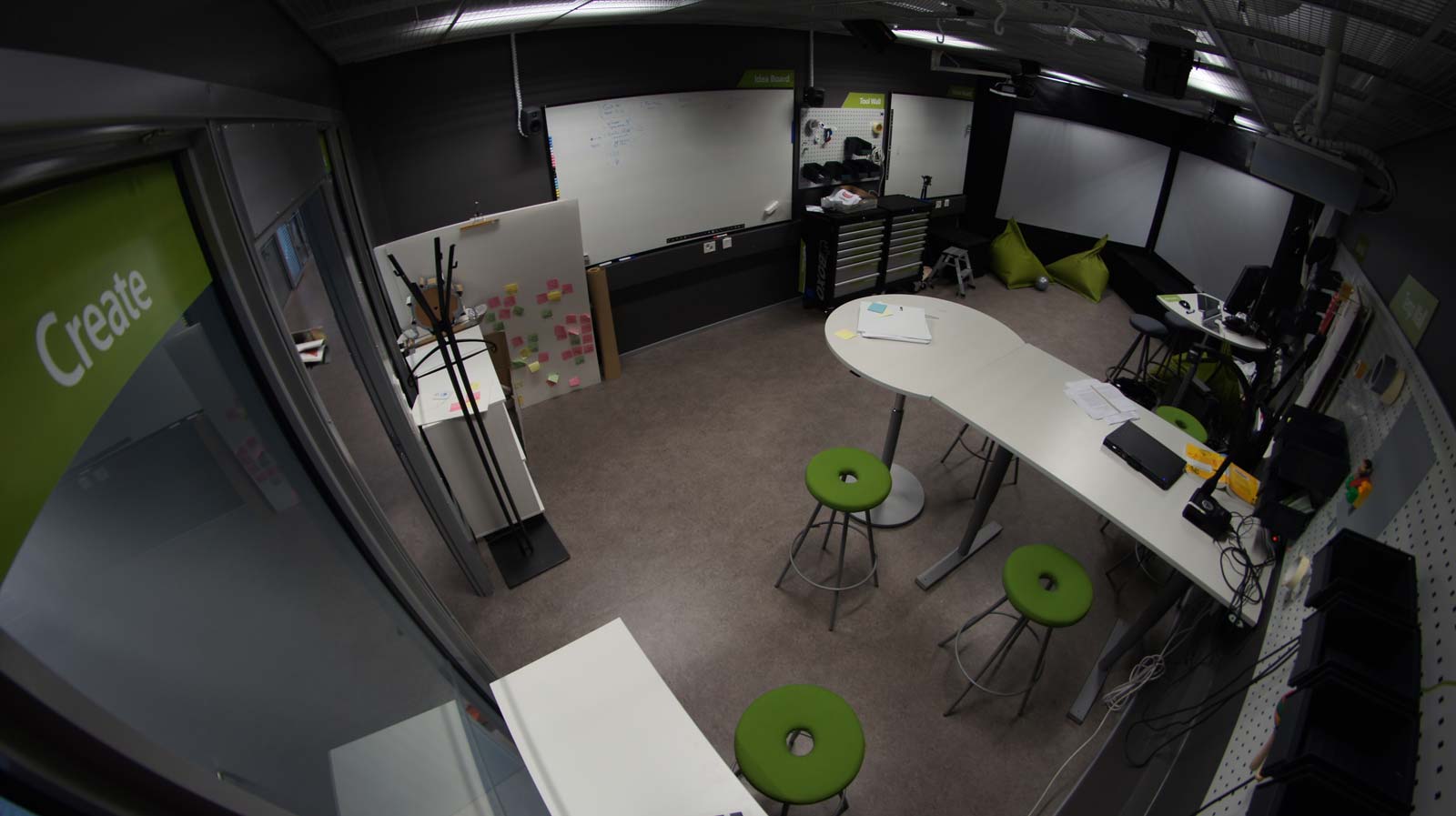04.13
Services in a welfare state are a prerequisite. Public services will, however, need to be produced more with fewer resources, while the population is aging. In the production of services renewals needs to be done. We are gaining inspiration from service design in developing InnoWellness management model to public sector www.innovointi.fi.Service design is an approach that utilizes industrial design and art methods in co-designing services. The goal is to design services that are user-oriented; this means easy, seamless services that satisfy the users’ needs. The service producer’s point of view in designing services is shaken by analyzing the use of services in real situations and by perceiving users’ service paths. The user is the center of the design process.
Service design process makes use of creative methods to better understand the users, the characterization of new ideas and their realization. The process always starts by identifying service experience. For example, if the challenge is to design a better service for young people, a target group in a certain age is selected. Their activity is monitored, either in general or in a particular service context: how young people behave now, where, with whom, with what means and tools, why? Of these, services and needs for further for their development can be analyzed and ideated in collaboration with the users.
Co-development, co-planning and value co-creation are key concepts in service design. These refer to the different backgrounds represented by the people – users, developers, planners, service providers (eg. in different levels of management) – that are brought together to develop and ideate. We know how challenging it might be to see things in a new light, especially if one has worked with them for a long time. The emphasis on the user’s perspective, creating a better service to the customer, contributes to a common understanding and the creation of something new. In this, art inspired methods work as an interpreter.
In summary, service design can be described as an approach that takes advantage of and complement the marketing, technology, behavior, and innovation research and development perspectives. Service design emphasizes users and their experiences as a starting point for the development. Users’ activities can be either observed or they can be involved in the design team. This opens up new perspectives for the development of better or new services. Co-development with the users enables a development team with various backgrounds to focus on creating better services and put less emphasis on ones’ own roles in the everyday work environment that may work as inhibitors of the development. The practical methods inspired from the arts leave a memory trace from the stages of the development process, and facilitate the presentation of ideas and their adoption.
Have you tried service design methods? What kind of experiences you have on them?
Katri Kallio: The writer is a PhD Student in Aalto University and is conducting complementary studies on Design Management in University of Lapland. She works as a Researcher and Project Manager in VTT Technical Research Centre of Finland in the team of Renewal and Development of Organizations.

No Comment.
Add Your Comment